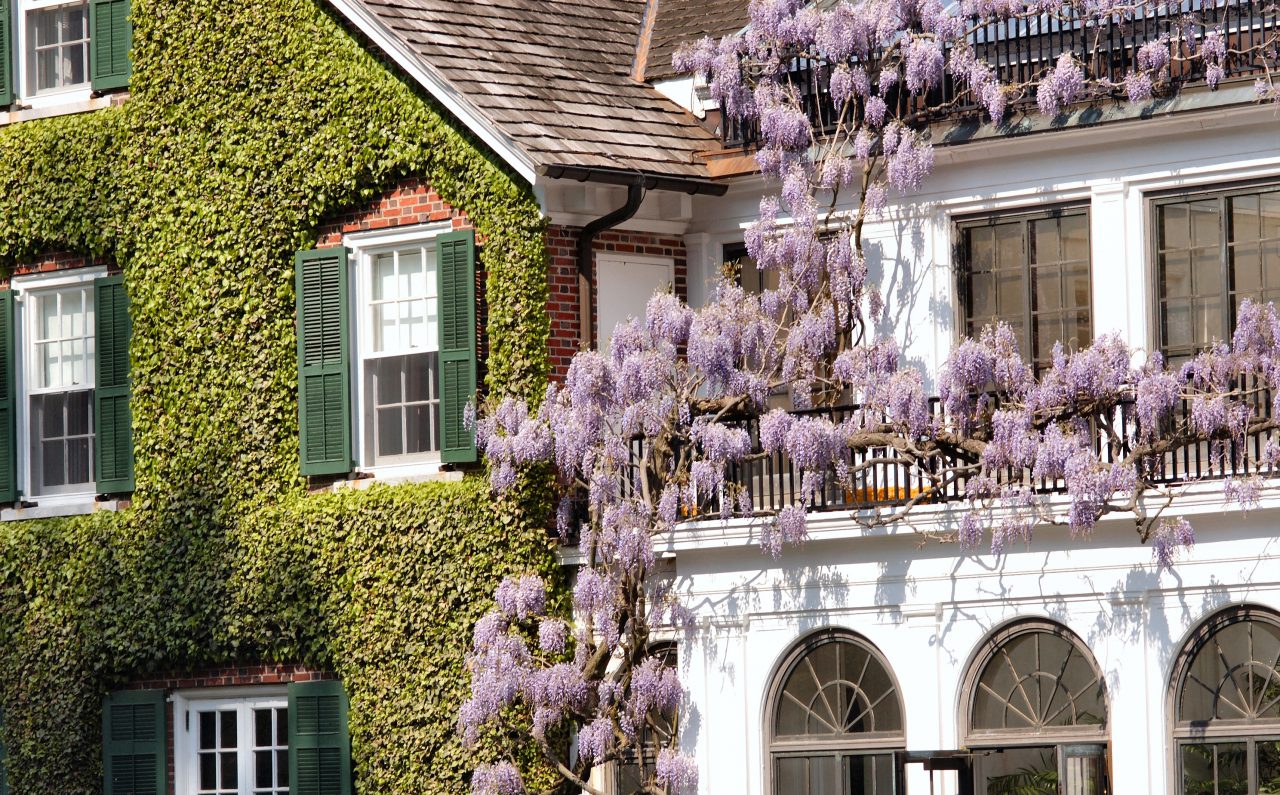Fake news, which is all around us, also exists in many gardening articles — and I’m getting tired of it. Whenever I run across bad gardening advice, I want to scream and holler until I recall my late mother’s advice that I should always act like a lady. In my mind I write poisonous letters to the editor but, of course, they remain unsent.
Let me say that I am sympathetic to those national gardening magazines that typically hire good garden writers who have some knowledge about what they write — and it’s hard to write a column that is suitable for gardeners both in Nebraska and Florida. The trouble lies with less specialized periodicals which slip in an article on gardening between kitchen remodeling and articles about clothing that flatters your silhouette.
It seems to me that a good gardening article should inform and educate the reader. And therein lies the problem with fake news: So often editors of general themed magazines will assign a gardening topic to a non-gardener. This is akin to having a non-knitter write out intricate knitting pattern instructions or a non-cook instructing the reader how to make crème brûlée, resulting in the novice cook and knitter throwing up her hands in disgust.
I recently came across a lengthy article in a magazine geared towards the Southern reader, entitled, “The South’s Best Fragrant Plants for Your Garden.” The article had no byline, always suspect, and it did not have room for comments. For a beginner gardener who wouldn’t know any better, this article would create a garden disaster.
“Climbing roses” headed the list. Now, I happen to know a lot about climbing roses — and the simple fact is that some climbing roses have fragrance and some don’t. Just because the rose can throw out long canes is no indication that it comes with scent.
“Wisteria” was in second place on the list: While it came with the caption that our native wisteria, W. frutescens, is not as aggressive as the Chinese and Japanese wisterias, our native is still a beast that shouldn’t be unleashed in the garden. Alan Armitage, a renowned horticulturalist at the University of Georgia, has famously said, “Within five years it will have covered half your house.” Exotic or native, wisteria, as gorgeous as it is, as fragrant as it is, is not for the inexperienced gardener.
I once lusted after another plant on the list, “sweet autumn clematis.” Like purple loosestrife, this is a particularly dangerous plant because it is so beautiful and so fragrant — and it should never be planted. Clematis terniflora (sometimes listed as C. paniculata) is an invasive seeder that has escaped into the wild in the Midwest, the East, and the Appalachians. Once you have it, you will never be able to get rid of it. The only reason I didn’t buy this clematis is that I fortunately researched it first. There are so many clematises out there. Why select one that should have no place in the garden marketplace?
“Oriental lilies” also made the list. Now I love lilies and would give anything to be able to grow the gorgeous (and fragrant) oriental lilies in my garden — but here in the South with our long, hot, humid summer nights it’s an impossibility. The asiatic lilies and the hybrid orienpet lilies do well here — and many of the orienpets have an enticing aroma but anyone who tries to grow the oriental lilies here is doomed to fail.
The author listed “Carolina jessamine” on the list, which we can grow, but he/she got confused between Gelsemium sempervirens (Carolina jessamine) and a different species, G. rankini, the swamp jessamine, which is scentless. Things got even stickier with confederate jasmine, Trachelospermum jasminoides, because the provided link took the reader to a different genus, Jasminum. Obviously the author got confused with all the jasmines and jessamines floating around in the secular gardening world.
I’m always reluctant to recommend Daphne odora to any gardener simply because daphnes have the disconcerting habit of departing this world quickly and with no warning. I’m sure there is a small corner on Earth that harbors contented daphnes, but my corner of the Carolina Piedmont isn’t one of them. When the horticulturalists at the Sarah P. Duke Gardens admit that their daphnes suddenly expire for no apparent reason, you know there’s a problem. There is, however, a member of the Daphne family I would happily recommend: Edgeworthia chrysantha has the wonderful daphne aroma with beautiful blooms — and it’s long living.
“Winter honeysuckle” also made the good aroma list and, as with wisteria, this causes problems. Winter honeysuckle is Lonicera fragrantissima, a Chinese honeysuckle that is considered invasive, although it’s not the invasive monster that Lonicera japonica is. The link included a long list of honeysuckles — from this list it would be hard to discern which is the American honeysuckle (L. sempervirens) that is safe to plant in our gardens.
The last item on the list was Elaeagnus pungens, a plant that is on the Federal Noxious Weed list. Need I say anything more?
Anyone can make up a list of plants that have a shared characteristic — in this case, fragrance. I admit to enjoying reading these lists at times but I always expect the writer to have done a minimum of research before putting pen to paper. This particular list was inexcusable because the writer had given little thought to accuracy of the information. The article simply encouraged inexperienced gardeners to plant unsuitable plants that either would take over the garden or were guaranteed to disappoint. A simple search on the internet would have rectified many of these problems.
Gardening magazines are useful precisely because gardeners write for them. However, be wary of general subject magazines that include gardening articles, because the information can be wrong or misleading. The answer for the reader is to research all the recommendations. The internet is a valuable resource so use it. Otherwise you might end up cursing the day you were encouraged to plant Clematis ternifolia.
The best thing to do, I think, is to read these articles as though they were editorials, which most of us have learned to read with a questioning eye. Otherwise, you might find yourself a proud owner of a scentless climbing rose or a wisteria that has buried your house.









